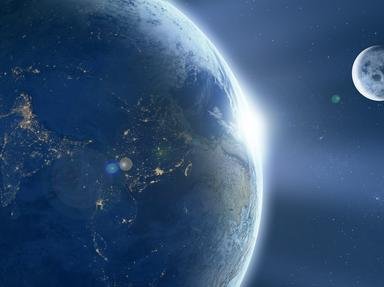Quiz Answer Key and Fun Facts
1. Which planets in our solar system do not have moons?
2. In terms of size, with "1" being the largest, where does the Earth's moon rank amongst all of the moons in our solar system?
3. Which planet has moons that are named after Shakespearean characters?
4. Which dwarf planet has moons that are named after characters in Hawaiian mythology?
5. Who discovered the Martian moons?
6. In the spring of 2017, US astronomers discovered twelve new moons around Jupiter. What did that bring the total number of Jupiter's moons to at that time?
7. Which is the largest of Pluto's moons?
8. A dwarf planet with at least one moon was discovered as recently as 2005.
9. Which of the following is Saturn's largest moon?
10. Nereid, one of Neptune's moons, is known for which of the following?
Source: Author
Trivia_Fan54
This quiz was reviewed by FunTrivia editor
rossian before going online.
Any errors found in FunTrivia content are routinely corrected through our feedback system.
